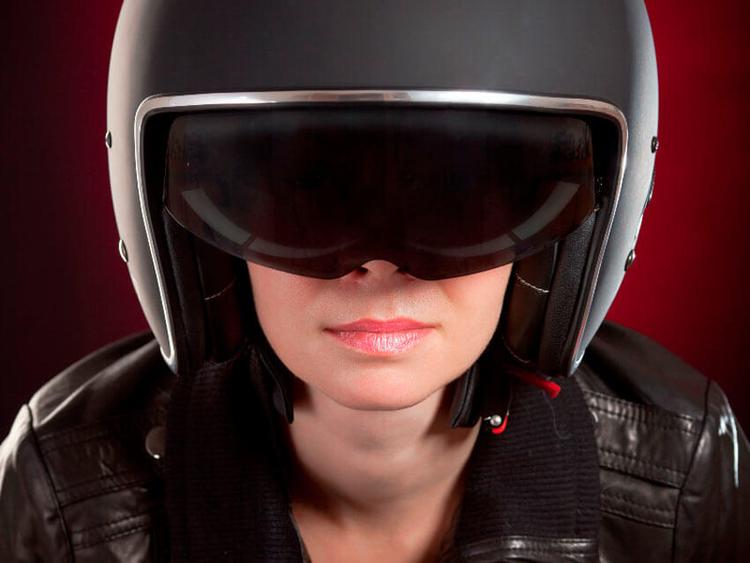
Protect your eyes
One of our most precious gifts is vision. We use our eyes continuously from when we wake in the morning until we turn off the lights at bedtime. Healthy eyesight is so much a part of life that we might not give it a thought until something goes wrong. The human eye is an amazing thing considering what it does, but it is also a fragile thing. Good vision is a critical part of motorcycle safety. Learning to visually scan for hazards is a foundational component of motorcycle safety courses.
Understanding Riding Hazards for the Eyes
Feeling the wind on your face is one of motorcycling's great joys. That wind at highway speed can turn anything airborne, from a grain of sand to insects and road debris, into a projectile capable of seriously damaging your eyes. Sudden impacts to your eyes can cause you to lose control of your motorcycle or result in permanent impairment of your vision.
Another hazard that is less readily recognized is the damage caused by prolonged exposure to ultraviolet light (UV) in sunlight. The cornea, lens and retina are all susceptible to damage from UV light.
Protective Countermeasures
Windshields and face-shields on helmets offer some protection from flying objects but they are not sufficient to completely protect your eyes. Even if your vision is 20/20 eyeglasses are how you can achieve good protection for your eyes when riding. While style is important to most riders when choosing riding glasses, function should out weigh style.
There are a few key features to consider in making your choice. First is coverage. Both projectile debris and UV light present a hazard not only from the front but also from the sides. This means glasses that wrap around the sides of your eyes or goggles afford better protection. Second is material. Impact resistance or sometimes called shatterproof is what you need. Look for the American National Standards Institute ASNI-Z87.1 certification. Also look for protection from UVA, UVB, and UVC; it is possible to get this protection in both clear and tinted lenses and frame materials. Lastly, check that your new glasses work with your windshield, helmet face-shield, and motorcycle gauges. Polarized glasses can create visual interference when looking through some plastics. These protective features can also be acquired in prescription eyeglasses.